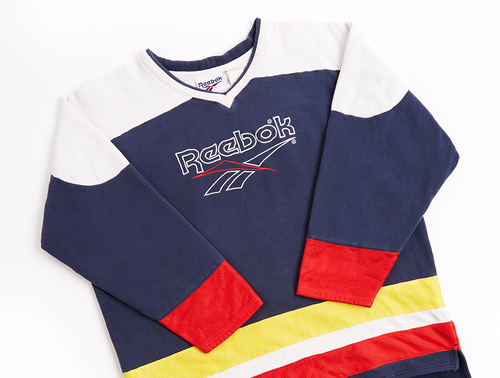
How to create a successful eBay listing: A Step-by-Step Guide
Posted by Luke Bluemink on
Selling clothing on eBay can be a profitable venture if you know how to create compelling listings that attract buyers. Whether you're clearing out your closet or starting an online business, here’s a step-by-step guide to help you create successful eBay listings specifically for clothing.
1. Research and Preparation
Before you start listing, take some time to research:
- Market Trends: Look at what types of clothing are currently trending and selling well on eBay.
- Pricing: Check similar items to determine a competitive pricing strategy. Pay attention to both the listing prices and the prices of items that have actually sold.
- Condition: Be honest about the condition of your clothing items. Buyers appreciate transparency and it helps build trust.
2. Create a Seller Account
If you don’t already have an eBay account, you’ll need to create one:
- Register: Sign up for an eBay account and choose a seller name that reflects your brand or personal style.
- Verify: Complete the verification process, including linking your PayPal or bank account for payments.
3. Photography
High-quality photos are crucial for selling clothing online. Follow these tips to take great photos:
- Lighting: Use natural light or a well-lit area to ensure your photos are clear and vibrant.
- Background: A clean, neutral background (like a white wall or backdrop) helps the clothing stand out.
- Angles: Take multiple photos from different angles. Include close-ups of any details, labels, and tags.
- Model: If possible, show the clothing on a model or mannequin to give buyers a better idea of fit and appearance.
4. Title and Description
Your title and description should be detailed and accurate:
- Title: Include key details such as brand, size, style, colour, and condition. For example, “Zara Women’s Medium Red Floral Summer Dress - Excellent Condition.”
- Description: Write a comprehensive description covering:
- Brand and Size: Clearly state the brand and size of the item.
- Measurements: Include measurements for bust, waist, hips, length, and any other relevant dimensions.
- Material: Specify the material of the clothing.
- Condition: Describe the condition in detail, noting any flaws or signs of wear.
- Care Instructions: If available, include care instructions to inform buyers how to maintain the item.
5. Pricing
Set a competitive price based on your research:
- Buy It Now vs. Auction: Decide whether you want to list your item as a “Buy It Now” for a fixed price or as an auction starting at a lower price.
- Starting Price: If using an auction, set a starting price that is attractive but still reasonable.
- Shipping Costs: Consider whether to offer free shipping or calculate shipping costs based on the buyer’s location.
6. Shipping
Plan your shipping strategy carefully:
- Shipping Options: Offer multiple shipping options (e.g., standard, expedited) to cater to different buyer needs.
- Packaging: Use appropriate packaging to protect the clothing during transit. Consider using poly mailers or boxes for more delicate items.
- Shipping Labels: Print shipping labels directly from eBay to streamline the process and often save on shipping costs.
7. Listing Duration and Timing
Choose the optimal duration and timing for your listings:
- Duration: Standard listing durations are 7 or 10 days. For auctions, ending on weekends can attract more bids.
- Timing: Schedule your listings to go live when your target audience is most active. Evenings and weekends generally see higher traffic.
8. Promote Your Listings
Boost visibility and sales with promotions:
- Social Media: Share your eBay listings on social media platforms to reach a wider audience.
- eBay Promotions: Use eBay’s promotional tools, such as promoted listings, to increase the visibility of your items.
- Discounts: Offer discounts on multiple purchases or use promotional pricing to attract more buyers.
9. Customer Service
Provide excellent customer service to ensure positive feedback:
- Communication: Respond promptly to any buyer questions or concerns.
- Shipping: Ship items quickly and provide tracking information.
- Feedback: Encourage buyers to leave feedback and take the time to leave feedback for them as well.
10. Analyse and Adjust
Monitor your listings and make adjustments as needed:
- Performance: Use eBay’s analytics tools to track your sales performance and identify areas for improvement.
- Adjustments: Modify your pricing, titles, or descriptions based on what’s working and what isn’t.
Conclusion
Creating successful eBay listings for clothing involves careful planning, attention to detail, and a commitment to providing excellent customer service. By following these steps, you can increase your chances of making successful sales and building a positive reputation on the platform.





